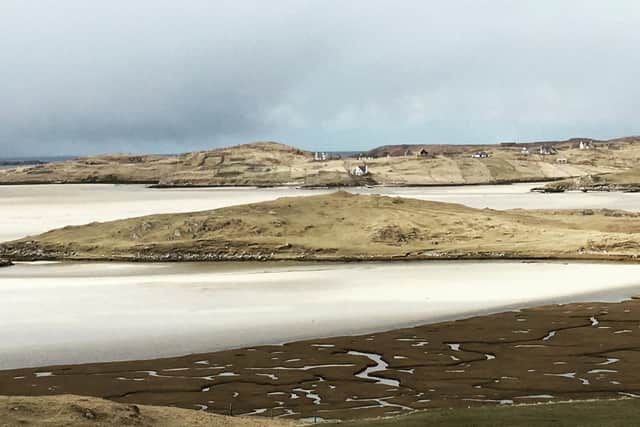Gaelic: 'Sacred and spiritual' songs of Highlands and Islands preserved for the future
The sacred and spiritual songs which have underpinned life and faith in Gaelic-speaking communities for generations have been preserved for the future.
Dr Frances Wilkins, a Senior Lecturer in Ethnomusicology with the Elphinstone Institute at the University of Aberdeen, has spent the last six years undertaking fieldwork in the Hebrides and West Highlands to explore and record sacred and spiritual singing from the region.
Advertisement
Hide AdAdvertisement
Hide AdShe has been compiling and recording Gaelic song traditions, including hymnody, Gaelic psalmody and spiritual bàrdachd which are diminishing in Hebridean communities.


Research to highlight traditional forms of Gaelic singing has now been turned into an exhibition which will go on tour in 2024 and 2025.
Dr Wilkins said: “In past centuries the Church played an important role in nurturing Gaelic language when it was excluded from schools.
“Today, ironically, the roles have been reversed. Gaelic and English bilingualism which in the past was given little or no credit, is now recognised as hugely beneficial to learning across the school curriculum but there are very few church services conducted in Gaelic, and this has contributed to a steep decline in the Gaelic sacred singing tradition.”
To help support the safeguarding of the tradition Dr Wilkins has been documenting and recording Gaelic sacred and spiritual singing to create an archive and bring the music to a wider audience.
Her research has led to a new exhibition, Seinn Spioradail: Sacred Soundscapes of the Highlands and Islands which she has co-curated with designer Ronan Martin. It will open and Museum na Eilean in Stornoway from Friday, January 19th and move to Balallan in Lews in June before going on show in Skye and Lochmaddy in North Uist.
Dr Wilkins added: “While the contexts for singing are currently in decline, the music continues to be a soundscape to a way of life for many people. The purpose of this exhibition is to explore how sacred singing was, and continues to be, integral to many aspects of community life, and to highlight the wealth of hymns, psalms and spiritual songs being sung in the region today.”
Gaelic psalm singing, which has been integral to church and community life in the Hebrides for centuries, is a particular focus in the exhibition.
Advertisement
Hide AdAdvertisement
Hide AdOne contributor to the project, Alex ‘Bhaltos’ MacDonald, said: ‘There’s just something about Gaelic psalm singing that moves me. It doesn’t matter where I am. If I hear it, it just brings me back to my youth. It brings me back to happy events … and very sad events. It was, is and always will be powerful in my eyes.’
Many of the sound recordings, photographs and videos made during the project can be found at www.seinn.org. A CD and book publication showcasing some of the sound recordings is due to be released later in 2024 and sold within the exhibition.
Dr Wilkins adds: “Language is a way to express culture. The deep spiritual connection it has with its people and the role which music plays in this, must be recognised and supported into the future if we are to keep some of the most precious aspects of Gaelic culture alive.”
Comments
Want to join the conversation? Please or to comment on this article.
